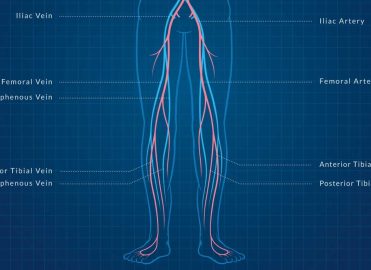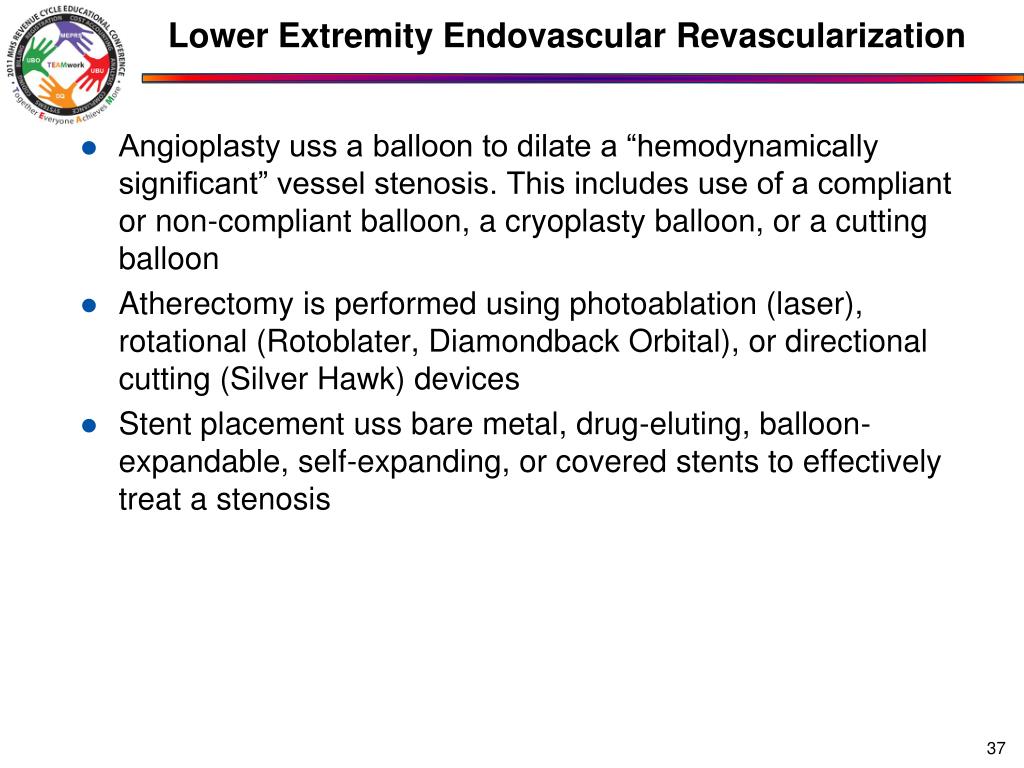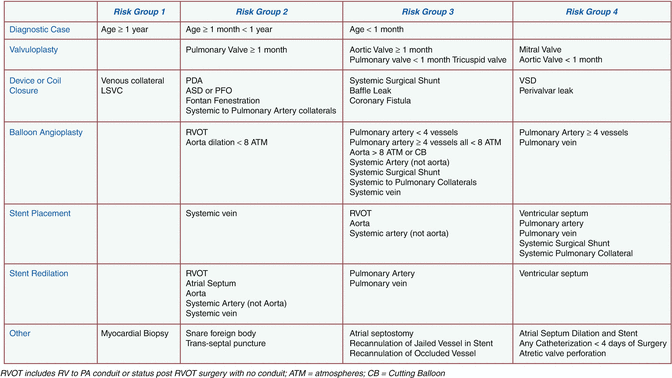Cutting Balloon Angioplasty Cpt

The unique design of the wolverine cutting balloon combines a proprietary atherotome and low pressure balloon design to directly address each of these complications.
Cutting balloon angioplasty cpt. This includes use of a compliant or non compliant balloon a cryoplasty balloon or a cutting balloon atherectomy is performed utilizing photoablation laser rotational rotoblater diamondback orbital or directional cutting silver hawk devices. There are various types of balloon angioplasty e g low profile cutting balloon cryoplasty. Traditional balloon angioplasty can result in complications like vessel dissection poor luminal gain lesion recoil balloon slippage and poor stent apposition. For a balloon angioplasty a catheter a long thin tube is inserted into a blood vessel in the body and guided to the blocked area.
The catheter is then moved to an area with a blockage in order to remove plaque from a blocked peripheral or coronary artery. Angioplasty utilizes a balloon to dilate a hemodynamically significant vessel stenosis. The cutting balloon cb 1 is a special balloon catheter with three or four atherotomes microsurgical blades bonded longitudinally to its surface suitable for creating discrete longitudinal incisions in the atherosclerotic target coronary segment during balloon inflation. Then a balloon that is inserted through the catheter is inflated at the site of the blockage to open up the vessel and restore the flow of blood.
The percutaneous access was then dilated to accept a 6 french vascular sheath through which a 6 mm x 4 cm balloon was inserted and was used to balloon angioplasty the cephalic arch. The balloon is then deflated and removed. The balloon is inflated at the site of the occlusion to push it outward widening the opening and improving blood flow. For coding purposes all are treated the same.
As such the stenosis was retreated using an 8 mm x 4 cm balloon. A minimally invasive procedure cutting balloon angioplasty involves the insertion of a catheter with a deflated cutting balloon on the inside into the groin area. Interval venography was performed demonstrating persistent stenoses. Since the physician performed a more intensive procedure in the left circumflex that is placement of a stent you would not report this ptca separately.
A cutting balloon has tiny knives around the edges to provide more effective blockage removal in certain situations. The advantage of the cutting balloon is its ability to reduce vessel stretch and vessel injury by scoring the vessel longitudinally rather than causing an uncontrolled disruption of the atherosclerotic plaque. 2018 endovascular reimbursement coding fact sheet 3 of 11 procedure codes and physician reimbursement for endovascular procedures cpt code description 2018 work rvus 2018 medicare base payment rate2 non facility facility 75831 venography renal unilateral selective radiological s i 1 14 143 57.









